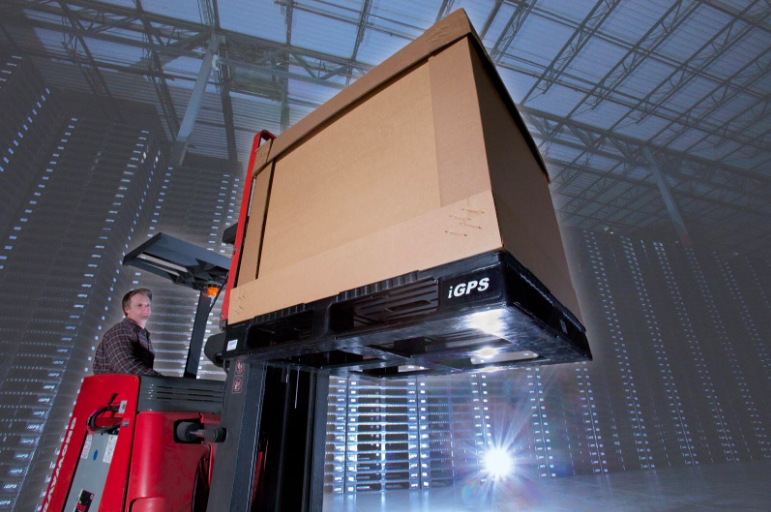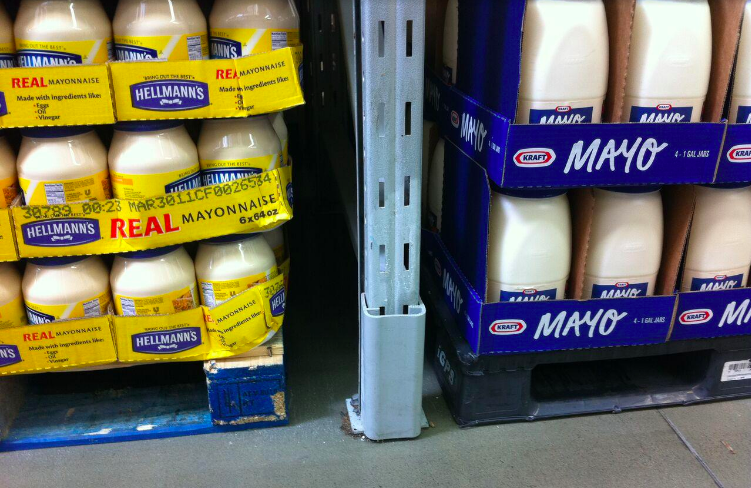Product damage during transit is universal in the supply chain. After all, you cannot tell a bag of lettuce or a shipment of medication to be careful on its journey to market, and unlike piggies, damaged products do not go “wee, wee, wee,” all the way home. Manufacturers have become used to simply reporting the number of products lost during shipment and absorbing the costs. It is an unfortunate and unnecessary state of affairs.
If a company has a loss rate of only one percent, then it is considered to be mitigating its risks quite well. However, a single percentage point loss rate on $10 million worth of products comes out to $100,000. In the real world, the percentage of product lost due to damage is much higher and so is the associated dollar amount. It is a little-publicized number that varies across industries, but one that takes a toll every day and increases the Total Cost of Business (TCOB) for companies across the board. That’s why damage prevention in the supply chain is crucial. Let’s look at how product damage occurs in the supply chain and what can be done to prevent it.
How Products Are Damaged in the Supply Chain
A common source of physical damage to products in the supply chain is when products shift as they’re moved. Ideally, every load stacked onto a pallet will be positioned with absolutely no space between the boxes or other product packaging. The load and the pallet will then be wrapped and anchored down to prevent side-to-side or up-and-down movement. Unfortunately, in the real world gaps have a tendency to develop between products, leaving the integrity of any individual pallet load to chance.
The wood pallets used in the grocery industry and many others have several design flaws that contribute to product damage.
Often these gaps are the result of human error. However, the design of the standard GMA spec wood pallet that most products are shipped on doesn’t help. The wood pallets used in the grocery industry and many others–whether reusable block or stringer pallets–have several design flaws that contribute to product damage and the formation of gaps between product:
- Spaces Between Deck Boards: The load-bearing surface of a wood pallet is made up of spaced wood deck boards, meaning any load is only partially supported due to gaps that span the entire width of the pallet. Product edges or parts of smaller products can fall into these gaps and be caught and damaged by lifting machinery.
- Unreliable Dimensions: A wood pallet can change dimensions as the moisture content within the wood changes, meaning that the gaps between the deck boards can change with the environment and create the potential for products to drop through a gap as the surrounding wood dries out and shrinks.
- Nailed Construction: A wood pallet is held together by nails, which over time will begin to pull free as the wood around them expands and contracts. This creates raised nailheads that can snag, tear, and puncture packaging. Loose nails can even penetrate and then be left behind inside a product’s packaging.
- Lack of Durability: Wood is an unreliable material, which makes it problematic when used in combination with industrial machinery, where it must withstand the forces exerted by a forklift. Wood pallets exposed over and over again to these forces invariably develop splinters that can damage packaging and enter products. Damaged lead boards can result in product overhang which generally also leads to product compression and damage.
The drawbacks of wooden pallets become much more pronounced when the supply chain involves an Automated Storage and Retrieval System (ASRS). In an automated system, product shifting and pallet breakage still occurs, but without the close human oversight that could let employees quickly catch the issue and intervene. A wood pallet in an ASRS creates the potential not just for low-grade product damage, but for the loss of entire pallet loads, depending on the circumstances.
While these large-scale product losses are an exception to the rule, more frequent small losses due to product damage and rejection also have a real dollar value that adds up. Switching to a sturdier, consistent-sized plastic pallet can make a surprising amount of difference when it comes to reducing these losses.
 Damage Prevention in the Supply Chain Through Tough Plastic Pallets
Damage Prevention in the Supply Chain Through Tough Plastic Pallets
A plastic pallet addresses many of the shortcomings of wood pallets that lead to product damage. The deck of a plastic pallet supports product across the entire width and length of the pallet, which prevents product from falling into gaps in the pallet and allows companies to forgo the use of slip sheets, a savings of $0.10 to $0.80 per turn per pallet depending on the slip sheet material. Research has found that plastic pallets also save $0.15 to $0.70 per pallet load just by reducing product damage during transport and at the distribution center. That’s because plastic has the following advantages over wood:
- Reliable Construction: A plastic pallet doesn’t use fasteners, meaning that there are no individual nails or boards to pull loose. High-quality molded plastic also absorbs impacts rather than splintering or cracking easily like wood. This keeps your pallet from becoming a source of damaging debris and prevents product instability.
- Stable Dimensions: Plastic pallets are dimensionally stable, allowing for a properly packed and balanced load to remain more stable and even to stack higher. This also allows easier handling by personnel and machinery.
- Reduced Overhang: A dimensionally stable and well-constructed pallet also helps shield product edges from being left unsupported or exposed to passing machinery that can snag an edge. This makes a huge difference when it comes to keeping product–and product packaging–intact and undamaged.
Over the decades, companies have put a great deal of effort into reducing product losses during transit and many may think they’ve done everything that is reasonably possible to ensure their products arrive safely. But technology is improving all time. Further damage prevention in the supply chain is a relatively simple matter of adopting a modern shipping platform that will support–rather than fight–your efforts to reduce product damage.
An intelligent approach to damage prevention demands a sturdy platform. The iGPS plastic pallet provides a rugged, lightweight pallet that holds up to supply chain challenges. To get more of your products safely to market, give our team a call at 1-800-884-0225, email a specialist at switch@igps.net, or visit our contact page.



